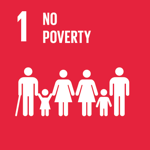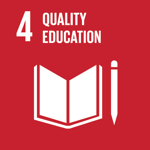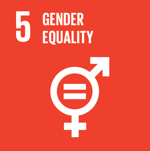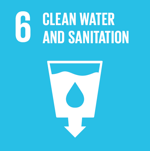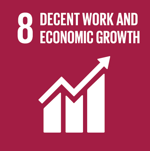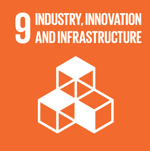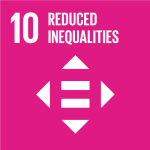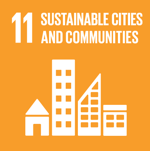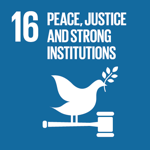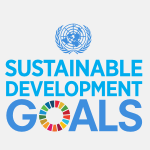No Poverty

SDG 1- Poverty in Israel on the Downturn…but it’s All Relative
The good news is, a report released by the National Insurance Institute revealed an overall reduction in poverty and inequality levels in Israel compared to previous years. The bad news: Relative to developed countries Israel still has the highest poverty rates among Organization for Economic Cooperation and Development (OECD) member states.
Poverty in Israel is defined very specifically, as follows: A single person earning less than NIS 3,260 per month; less than NIS 5,216 for a couple; and less than NIS 9,779 for a family of five. By these definitions, poverty did definitely decrease quite significantly from 19.1% of families to 18.6%, which translates into a little more than 1.8 million people.
The poorest people in Israel are single parent families (33% of poor families), Ultra-Orthodox families (15%), and Arabs (39%). Among the Arabs the poverty rate is now significantly lower, having fallen from 53.3% to 49.4%.
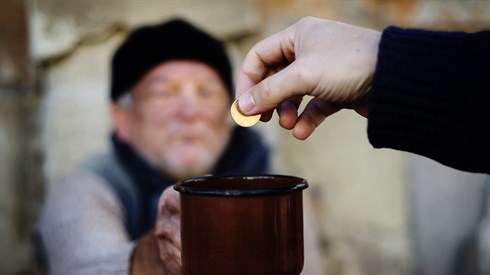

Included among the reasons for the welcome decrease in poverty are an increase in minimum wage, enhancement of allowances for children and the elderly (not to mention other governmental policies to support weaker populations), and an increase in employment rates. (Unemployment decreased overall from 5.3% to 4.8%.) The most significant rise in employment rates can be seen in the Arab sector, where rates rose 1.2% in 2016. There are fewer poor Arab children now as well, which can be seen in rates that dropped from 66.2% to 60.9%.
The poorest of the poor in Israel are the Bedouins, the Arabic-speaking nomadic peoples of the Middle Eastern deserts. About 58% of Bedouins and close to 70% of Bedouin children are considered poor. Some attribute this to the high birthrate in the Bedouin community. A large family in Israel is directly correlated to poverty: In 2016, around 64% of families with five children or more were poor, compared with 17.5% of families with up to three children. Now that the Arab birthrate is dropping (averaging about three children per family, similar to Israeli families), their poverty levels have decreased as well.
When all is said and done, despite the slightly better outlook, Arab families are still quite a bit poorer than Jewish families. While Arabs constitute only 15% of families in Israel, they represent 39% of all the poor families in Israel. As we can see, there is still work to be done.
Related articles


SDG 1- Hackaveret – Combating the cycle of poverty with innovative projects
No Poverty Every community has a portion of the population that comes from a disadvantaged background. At-risk youth, people with disabilities, financially strapped elderly, and
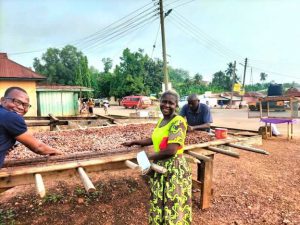

SDG 1 – Using Blockchain to Help African Farmers
No Poverty According to the UN, more than 1 billion people have been lifted out of extreme poverty since 1990. But at the global level


SDG 1 – Resilient Safety Net
No Poverty The Government’s changing of the guard has undeniably had some unpleasant incidents. But there was at least one beautiful instant demonstrating that Israel’s

